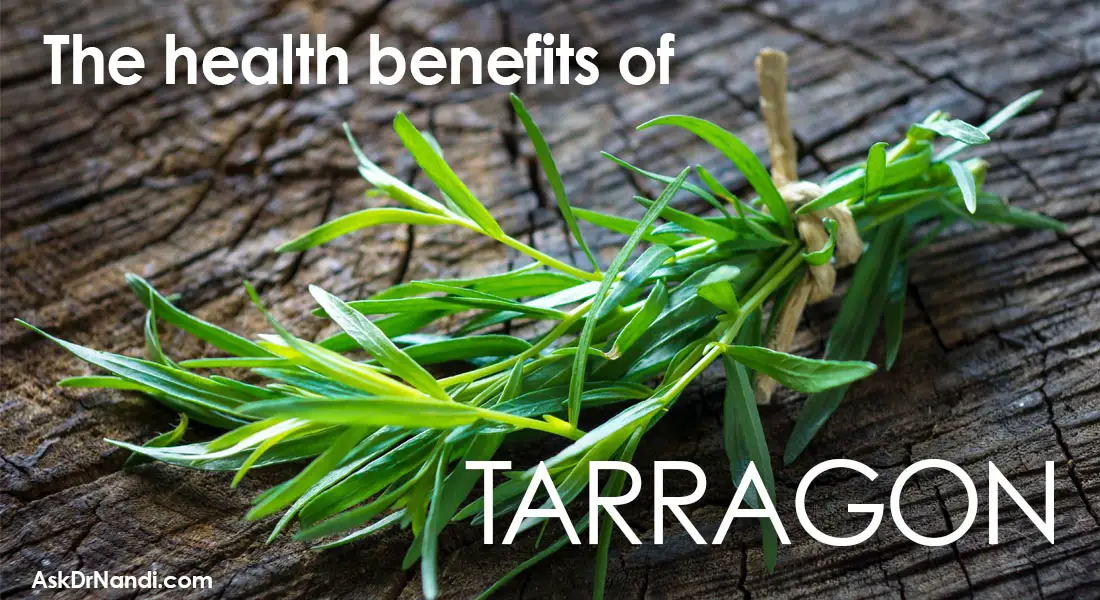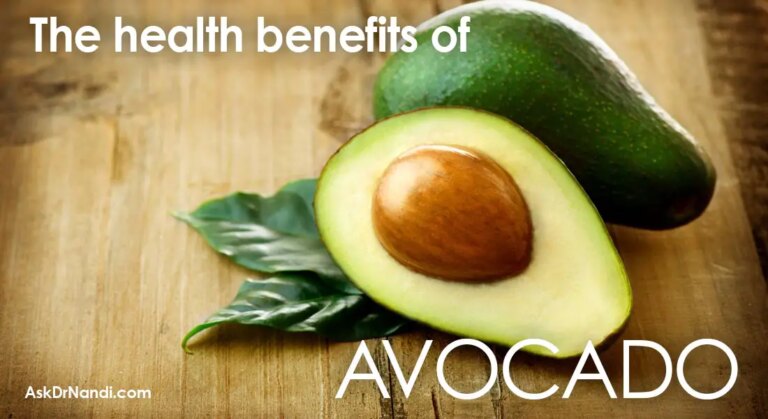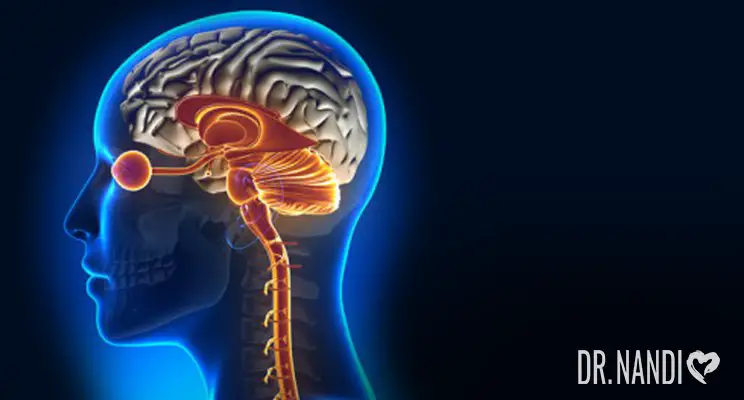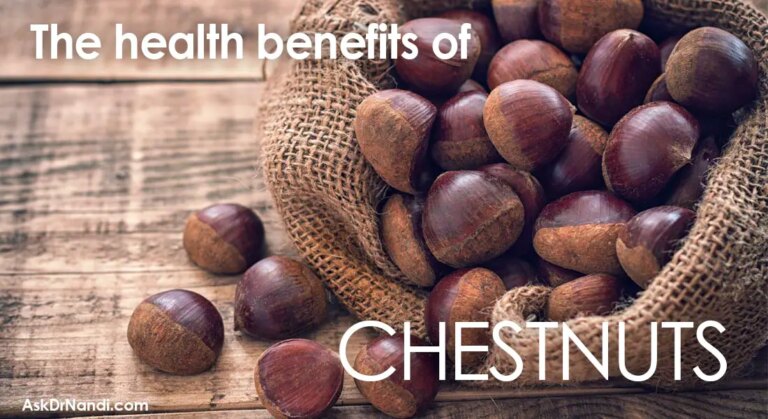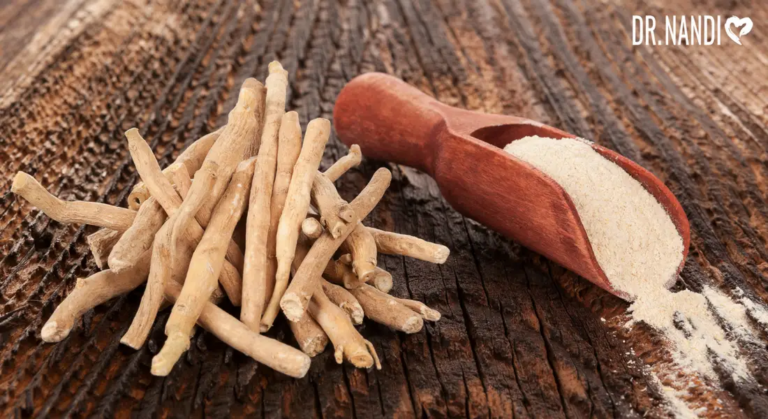Artemisia dracunculus var, or tarragon, is a perennial herb from the sunflower family widely used in North America for flavoring, aroma, and medicinal purposes. It has a delicate flavor and works well with dishes like fish, beef, chicken, asparagus, eggs, and soups.
Tarragon Nutrition Facts
The tarragon plant has a robust anise-like flavor and is used to add flavor to food. Tarragon nutrition facts show that this herb is a good source of vitamins A, C, and E, as well as iron and calcium. Below is the tarragon nutrition facts provided by the USDA.
- Calories: 1.77
- Fat: 0g
- Sodium: 0.4mg
- Carbohydrates: 0.3g
- Fiber: 0g
- Sugar: 0g
- Protein: 0.1g
Health Benefits of Tarragon
Traditionally, tarragon has been used for culinary and medicinal purposes. The following are the health benefits of tarragon.
Tarragon May Help Reduce Blood Pressure
Glucose is transported throughout your body to be used for energy by insulin. Insulin resistance can occur due to various elements, including diet and inflammation, resulting in elevated blood sugar levels. Tarragon has been proven to aid insulin sensitivity and the body’s use of glucose. Like magnesium essentials, tarragon helps to reduce blood pressure.
In a seven-day study of diabetes in animals, tarragon extract decreased blood glucose levels by 20%, compared to a placebo. In addition, a 90-day, randomized, and double-blind study examined the effect of tarragon on insulin sensitivity, insulin secretion, and glycemic control in 24 patients with poor glucose tolerance in a 90-day, randomized trial.
Tarragon May Improve Sleep
Insufficient sleep is associated with various health problems, including diabetes and heart disease. Work schedules, high-stress levels, or busy lifestyles might contribute to poor sleep quality.
People sometimes take sleeping pills or hypnotics to help them sleep, but they can cause adverse effects such as depression or substance abuse. Artemisia plants, including tarragon, have been used as medicine for various health issues, including poor sleep.
A study on mice found that Artemisia plants had sedative effects and helped regulate sleep cycles. More study is required on the use of tarragon for sleep, particularly among human patients, owing to the small size of this research. If you don’t like to have tarragon, you can have sleep max supplements which will help you to improve sleep.
Tarragon May Increase Appetite
Appetite loss can result from numerous factors, including age, depression, or chemotherapy. If left untreated, it might result in malnutrition and a diminished quality of life. A hormonal imbalance known as leptin insufficiency syndrome (EIS) may cause an appetite decrease. These hormones are involved in maintaining energy balance.
Satiety hormones include leptin, while hunger hormones include ghrelin. When levels of ghrelin rise, people become hungry. In contrast, an increase in leptin levels produces a sense of fullness. Tarragon extract was studied in mice in one study and had the effect of increasing appetite. It resulted in a reduction in insulin and leptin secretion, as well as an increase in body weight.
According to these studies, tarragon extract appears to help increase feelings of hunger. Only mice fed a high-fat diet showed the effects. Additional analysis of humans is required to confirm these outcomes.
Tarragon May Help Relieve Pain
Tarragon has been used to relieve pain for a long time. In 42 people with osteoarthritis, one 12-week study looked at the efficacy of a dietary supplement called Arthrem — which includes a tarragon extract — and its impact on pain and stiffness.
150 mg of Arthrem twice a day significantly reduced symptoms, whereas those who took 300 mg twice daily and the placebo group reported no significant difference. It may have been more beneficial to use the lower dose since it was well tolerated.
Artemisia plants have been used for thousands of years to treat arthritic and other chronic pain. Animal studies have also shown they help with pain relief and might replace traditional pain management.
Tarragon May Have Antibacterial Properties
There is a growing need for food manufacturers to use natural additives rather than artificial chemicals to help keep food fresh. Essential oils from plants are one popular option. Additives are used to prepare meals to enhance texture, prevent separation, preserve food, and reduce germs that cause food-borne illnesses, such as E. coli.
Another study looked at the effects of tarragon essential oil on Staphylococcus aureus and E. coli, two bacteria that cause food poisoning. This study treated Iranian white cheese with 15 and 1,500 µg/mL of tarragon essential oil.
Comparatively to placebo, tarragon essential oil had an antibacterial effect on the two bacterial strains. Researchers determined that tarragon may be utilized as a food preservative, such as cheese.
Tarragon is Very Easy to Incorporate Into Your Diet
Tarragon’s flavor is mild so it may be utilized in various recipes. It can be added to chicken, fish, rice, and salads. Tarragon is also a common ingredient in French cuisine.
If you’d like to incorporate tarragon into your diet, you may want to try:
- Adding tarragon to chicken or fish before cooking
- Mixing tarragon with rice or other grains
- Adding tarragon to salads
- Using tarragon in French recipes
Tarragon Encourages Menstruation
Tarragon has been known to assist women during their menstrual cycle. Herbalists recommend it to promote menstruation and maintain the overall health of the female reproductive tract. Despite the lack of evidence, if you’re pregnant or nursing, don’t use too much tarragon or take it in supplement form.
On the other hand, Thyme has recently been discovered to assist with period cramps and stimulate menstruation. Because tarragon has comparable effects, it may be why herbalists have relied on it for menstrual purposes.
Tarragon is a Great Toothache Remedy
Fresh tarragon leaves have been a home remedy for toothache alleviation throughout history. To numb their mouths, ancient Greeks chewed the leaves. According to research, this pain-relieving effect is due to the high amounts of eugenol, a naturally occurring anesthetic chemical, present in the plant.
Clove oil, another popular natural toothache cure, contains the same pain-relieving eugenol. Tarragon also helps to alleviate the aching gums that often accompany toothaches.
Tarragon Essential Oil
Tarragon can also be found in supplements and essential oils. The recommended dose of tarragon supplement is 350 mg, three times per day. It’s also possible to make tea using 1-2 grams of dried tarragon leaves steeped in hot water for 10 minutes.
To make tarragon essential oil, the leaves are steam-distilled to extract the oil. This process can be done at home, but it’s important to use caution since essential oils are very concentrated. Before using tarragon essential oil, it’s best to speak with a healthcare professional, Dr. Nandi.
Tarragon Tea
If you want to try tarragon tea, you can purchase tarragon tea bags or loose-leaf tarragon tea. You can also make your own by steeping 1-2 grams of dried tarragon leaves in hot water for 10 minutes.
Discover different ways how you can include tarragon in your diet. Get a FREE copy of my Superfood Cookbook.
References:
- FoodData Central (usda.gov)
- T-cell profile in adipose tissue is associated with insulin resistance and systemic inflammation in humans – PubMed (nih.gov)
- Antihyperglycemic activity of Tarralin, an ethanolic extract of Artemisia dracunculus L – PubMed (nih.gov)
- Effect of Artemisia dracunculus Administration on Glycemic Control, Insulin Sensitivity, and Insulin Secretion in Patients with Impaired Glucose Tolerance – PubMed (nih.gov)
- Sleep habits and diabetes – PubMed (nih.gov)
- Sleep and circadian misalignment for the hospitalist: a review – PubMed (nih.gov)
- Mortality Risk of Hypnotics: Strengths and Limits of Evidence – PubMed (nih.gov)
- Hypnotics and mortality–partial confounding by disease, substance abuse and socioeconomic factors? – PubMed (nih.gov)
- Artemisia capillaris Thunberg Produces Sedative-Hypnotic Effects in Mice, Which are Probably Mediated Through Potentiation of the GABAA Receptor – PubMed (nih.gov)



